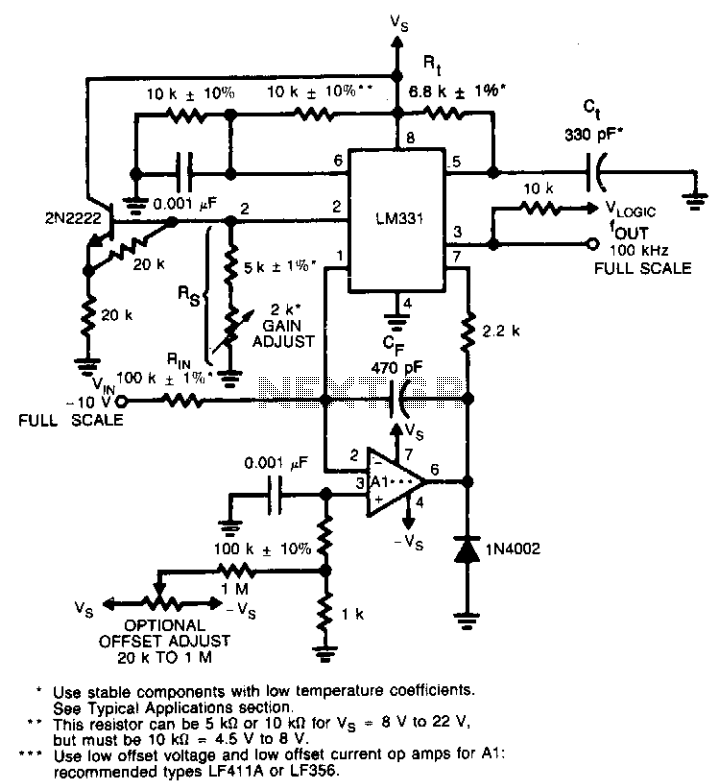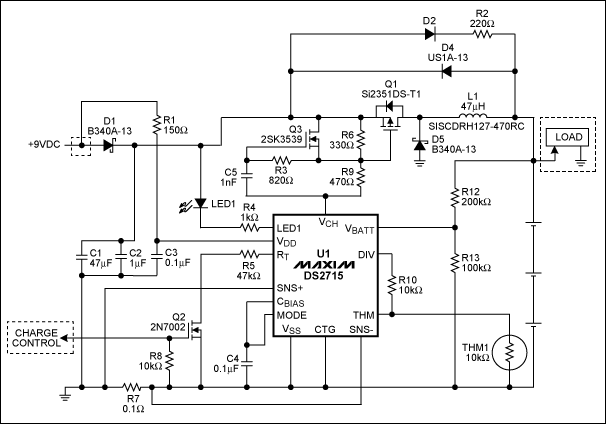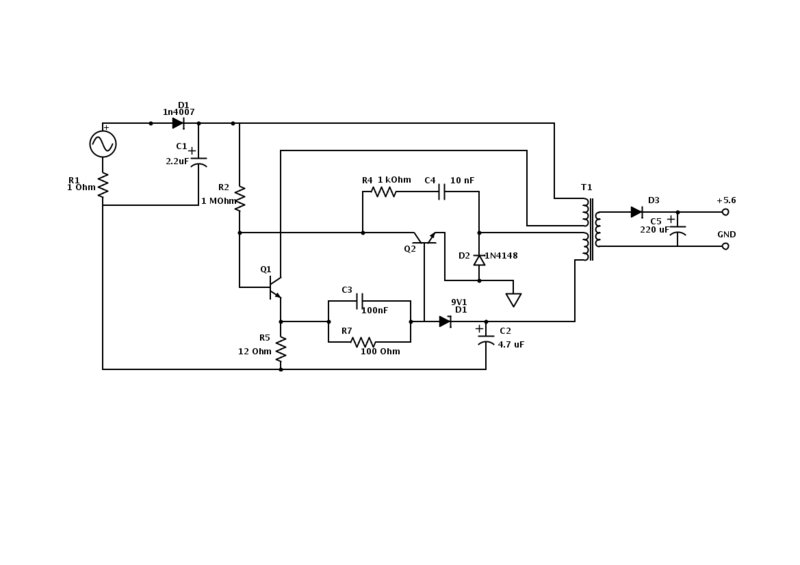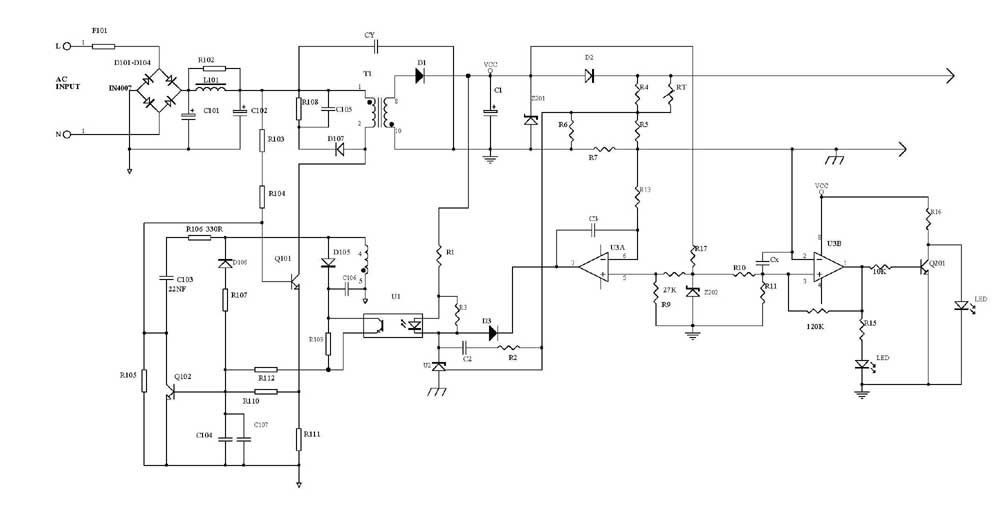
Battery Volt Meter
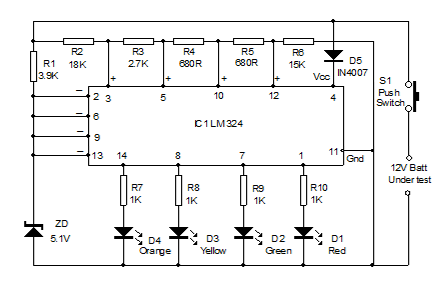
Battery Volt Meter Circuit Diagram. This circuit is designed to monitor the voltage level in Lead Acid or Tubular batteries. It provides four LED indicators to represent the voltage levels ranging from 9 volts to 14 volts.
The battery voltmeter circuit utilizes a series of resistors and a voltage divider to scale down the battery voltage to a range suitable for the LED indicators. The circuit is typically powered by the battery itself, ensuring that it is always operational as long as the battery is functional.
The four LEDs are configured to illuminate at specific voltage thresholds:
- The first LED lights up when the voltage is below 9 volts, indicating a low battery condition.
- The second LED activates between 9 volts and 10.5 volts, signaling a warning that the battery is in a low state of charge.
- The third LED turns on for voltages between 10.5 volts and 12.5 volts, indicating a moderate charge level.
- The fourth LED lights up when the voltage is between 12.5 volts and 14 volts, signifying a fully charged battery state.
The circuit may include a potentiometer for calibration, allowing for precise adjustment of voltage thresholds according to the specific characteristics of the battery being monitored. Additionally, a transistor can be employed to drive the LEDs, ensuring that they can handle the current without damaging the components.
This battery voltmeter circuit is a practical solution for users who need to regularly monitor their battery voltage, providing a visual indication of the battery's health and charge status, thus aiding in maintenance and preventing potential battery failures.Battery Volt Meter Circuit Diagram. Here is an ideal circuit to monitor the voltage level in Lead Acid or Tubular battery. It gives four LED indications to give the voltage level between 9 volts and 14 volts 🔗 External reference
The battery voltmeter circuit utilizes a series of resistors and a voltage divider to scale down the battery voltage to a range suitable for the LED indicators. The circuit is typically powered by the battery itself, ensuring that it is always operational as long as the battery is functional.
The four LEDs are configured to illuminate at specific voltage thresholds:
- The first LED lights up when the voltage is below 9 volts, indicating a low battery condition.
- The second LED activates between 9 volts and 10.5 volts, signaling a warning that the battery is in a low state of charge.
- The third LED turns on for voltages between 10.5 volts and 12.5 volts, indicating a moderate charge level.
- The fourth LED lights up when the voltage is between 12.5 volts and 14 volts, signifying a fully charged battery state.
The circuit may include a potentiometer for calibration, allowing for precise adjustment of voltage thresholds according to the specific characteristics of the battery being monitored. Additionally, a transistor can be employed to drive the LEDs, ensuring that they can handle the current without damaging the components.
This battery voltmeter circuit is a practical solution for users who need to regularly monitor their battery voltage, providing a visual indication of the battery's health and charge status, thus aiding in maintenance and preventing potential battery failures.Battery Volt Meter Circuit Diagram. Here is an ideal circuit to monitor the voltage level in Lead Acid or Tubular battery. It gives four LED indications to give the voltage level between 9 volts and 14 volts 🔗 External reference
